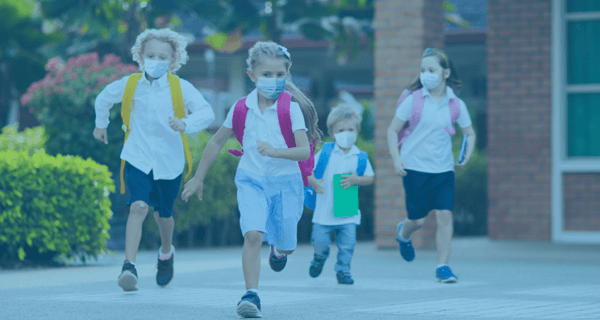As school districts prepare for the upcoming school year, new risks warrant attention due to the COVID-19 environment. The following list provides insights into the different functional areas of a school district that require a new view. Overall, school districts need to implement controls to properly navigate through this new learning environment. A benefit to these extra efforts will be new lessons learned that can be applied in the post COVID-19 environment in the future to make the school district even stronger.
Once the COVID-19 plans and controls are established, school boards need to hold management accountable for tracking the effectiveness of the collective COVID-19 program. Internal audit represents an effective resource to provide the school board and associated audit committee comfort that the program is designed and operating effectively. Any COVID-19 program deficiencies should be noted timely and remediated in an efficient fashion. The failure to actively monitor the program will enhance the risk of safety, legal, and compliance issues.
Please let us know at Dean Dorton if we can help you establish, monitor, and test these new COVID-19 controls.
| Risk Area | # | Risk (Uncertainty) Description | Controls in Place (Y/N) |
|---|---|---|---|
| Finance | 1 | Adequate funds to manage additional required costs such as personal protective equipment (PPE), sanitizer, additional janitorial, additional bus aids, nurses, and other requirements. | |
| 2 | Tracking of COVID-19 purchases (coding of transactions including payroll) to maximize federal/state reimbursements. | ||
| 3 | Compliance with Redbook and maintaining effective controls for bookkeepers/school-level business processes. | ||
| Purchasing | 4 | Purchase of adequate, timely, and quality PPE. | |
| 5 | Modification of key purchasing/disbursement controls due to remote work place. | ||
| Human Resources | 6 | Having sufficient teachers and other resources (bus drivers and aids) to meet COVID-19 plan including social distancing. | |
| 7 | Onboarding and monitoring new employees in a remote environment; integrating culture. | ||
| 8 | Proper training for teachers to teach in a remote environment. | ||
| 9 | Assessing teacher performance in a remote environment. | ||
| Operations | 10 | Protecting at-risk teachers/employees including bus drivers based on underlying risk factors. | |
| 11 | Implementation of collective COVID-19 action plan including after school programs/sports and how incidents will be communicated. | ||
| 12 | Parents won’t allow children to return to school due to safety concerns. | ||
| 13 | Providing childcare options for employees including use of current facilities. | ||
| 14 | Creating a COVID-19 benchmark report to monitor operations and results of COVID-19 efforts. | ||
| 15 | Meeting food service requirements. | ||
| Information Technology | 16 | Sufficient technology on both ends to support remote learning for all. | |
| 17 | Expanded virtual meetings, expanded remote working, remote data entry, remote new employee testing, reliance on e-documents (risk of authenticity), etc. Expands technology/ cyber risks. |
||
| 18 | IT workload has increased substantially. Potential risks for staff burn out and/or being able to maintain consistent level of service. | ||
| 19 | Tracking of expanded technology equipment including mobile devices. | ||
| Legal/Compliance | 20 | Elevated potential litigation/OSHA compliance. |
For more information on how the coronavirus is impacting businesses across multiple industries, visit our COVID-19 resource page:







